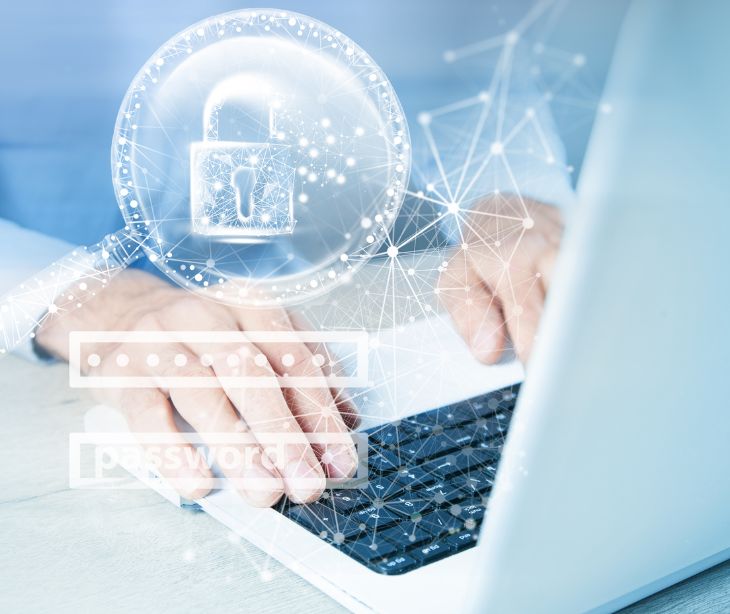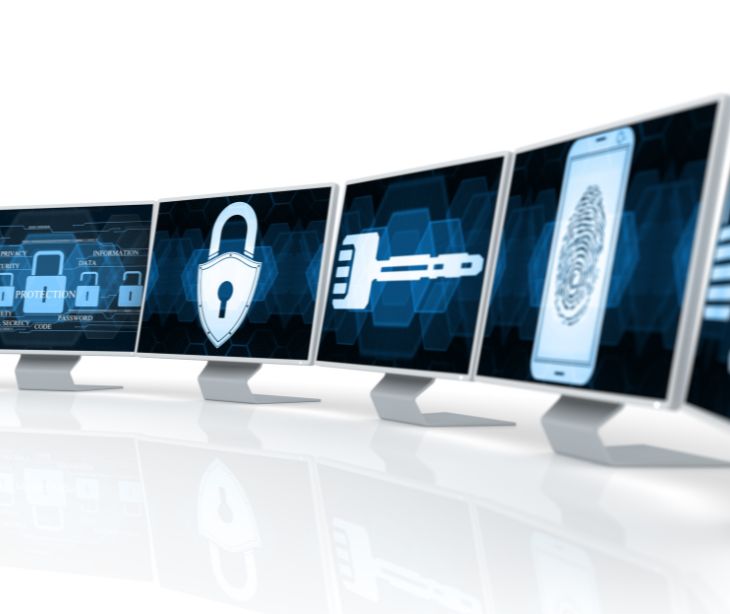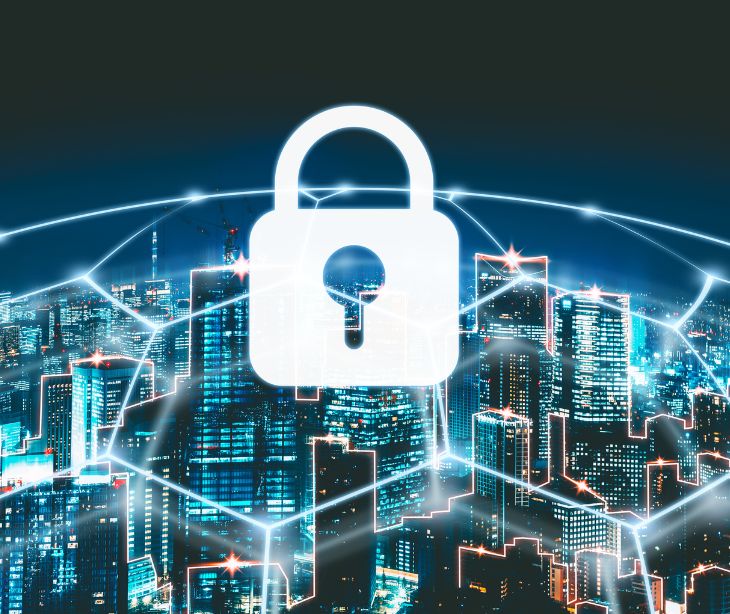
As the digital space continues to evolve, so do the threats that lurk within it. Cybersecurity awareness is no longer a luxury - it's a necessity, especially for organizations like the U.S. Department of Health and Human Services (HHS), who manage sensitive data about millions of Americans.
Ensuring this data's confidentiality, integrity, and availability requires a comprehensive understanding of information security policies, physical and digital access controls, and a culture of security awareness.
Introduction to information security
Information Security, also known as INFOSEC, prevents unauthorized access, use, disclosure, disruption, modification, or destruction of information. It provides confidentiality, integrity, and data availability by implementing technical, management, and operational controls.
The primary goal of an INFOSEC program is to understand, manage, and reduce the risk to information under the organization's control. Three main elements define the protection of information:
- Confidentiality: Safeguarding information from unauthorized disclosure to people or processes.
- Availability: Ensuring accessibility of information systems and resources by authorized users.
- Integrity: Assuring the reliability and accuracy of information and IT resources.
Go deeper:
Understanding information security policies and governance
Several Federal and Departmental Guidelines provide the backbone of IT security and privacy within HHS. These guidelines, established by bodies like the National Institute of Standards and Technology (NIST), form the basis for defining IT security legislation and privacy legislation.
Within the HHS, the cybersecurity program, overseen by the Office of the Chief Information Officer (OCIO) and Chief Information Security Officer (CISO), sets programmatic direction, coordinates among key stakeholders, and sets standards for protecting information and information systems.
Physical access controls and password protection
Physical access control is a part of information systems security. Limiting physical access to information systems and infrastructure to authorized personnel reduces the likelihood of information theft or misuse.
One of the deterrents to unauthorized access is the use of unique user identification and a strong password. A strong password typically has at least eight characters, combining upper and lower-case letters, numbers, and special characters.
Additionally, the use of Personal Identity Verification (PIV) cards, by Homeland Security Presidential Directive 12 (HSPD-12), provides a higher level of assurance by facilitating physical access to HHS facilities and enabling strong authentication for access to HHS networks and information systems.
Read also: A guide to HIPAA and access controls
Email and internet security
With the rapid increase of cyber threats, email and internet security have become top priorities. Cybercrime, such as credit card fraud, phishing, and identity theft, is primarily committed online.
One of the most common forms of cybercrime is phishing, where intruders seek access to your personal information or passwords by posing as a legitimate business or organization. Awareness and vigilance are necessary to protect your identity and sensitive information from phishing attacks.
Read more: What is a phishing attack?
Security outside the office
Securing information outside the office is important in the age of remote work and telecommuting. Whether you're traveling or working remotely, it's necessary to maintain possession of your devices, use only authorized equipment, and report any loss or theft of equipment immediately.
Related: HIPAA requirements while working remotely
Insider threats: A growing concern
Insider threats pose a significant risk to organizations. These threats come from current or former employees, contractors, or other business partners who misuse their authorized access to the organization's network, system, or data in a manner that negatively impacts the confidentiality, integrity, or availability of information.
Read more: Insider threats in healthcare
The criticality of incident reporting
Reporting suspected incidents, especially those that could compromise protected health information (PHI), is very important. Incidents can range from loss, damage, theft, or improper disposal of PHI equipment to accidentally sending PHI to an unauthorized person or clicking on a link in a phishing email.
In the news
In a strategic move to fortify its technology, cybersecurity, data, and artificial intelligence (AI) capabilities, the U.S. Department of Health and Human Services (HHS) announced a major reorganization in July 2024. This initiative streamlines main functions, consolidates responsibilities, and positions the department to better understand the shifting technological terrain of healthcare and human services.
The reorganization by HHS marks a pivotal moment in the department's approach to using technology, data, and AI to advance its mission. Historically, these functions were distributed across various offices, including the Office of the National Coordinator for Health Information Technology (ONC), the Assistant Secretary for Administration (ASA), and the Administration for Strategic Preparedness and Response (ASPR). The new organizational structure seeks to centralize and strengthen these capabilities.
How Paubox can strengthen an organization’s cybersecurity
Paubox’s suite of inbound security solutions is designed to bolster an organization’s cybersecurity and mitigate data breaches. ExecProtect prevents display name spoofing by quarantining suspicious emails before they reach users, while GeoFencing filters emails based on their geographical origin to block threats from high-risk regions. DomainAge evaluates the credibility of email sources by checking the age of their domains, and the AI-powered Blacklist Bot keeps changing to block malicious senders.
The Paubox Email Suite also ensures that all emails are HIPAA compliant by default, using TLS 1.2 and TLS 1.3 encryption for secure communication. The premium plan adds email data loss prevention (DLP) to stop the accidental sharing of sensitive information outside the organization. With HITRUST CSF certification, Paubox is committed to maintaining top-notch cybersecurity, especially for healthcare providers, to protect against data breaches.
FAQs
What is cybersecurity in healthcare?
Cybersecurity protects healthcare systems and data from digital threats to keep patient information secure and HIPAA compliant.
Why is cybersecurity important for HIPAA compliance?
Strong cybersecurity prevents breaches, protects patient privacy, and ensures healthcare organizations meet HIPAA requirements.
What happens if a healthcare organization has weak cybersecurity?
It risks data breaches, costly fines, operational disruptions, and loss of patient trust.
How do data breaches impact healthcare providers?
Breaches expose sensitive patient information, resulting in legal penalties, financial losses, and reputational harm.
How can healthcare providers strengthen cybersecurity?
They can use encrypted email, access controls, employee training, and incident reporting to prevent breaches.
Subscribe to Paubox Weekly
Every Friday we'll bring you the most important news from Paubox. Our aim is to make you smarter, faster.




